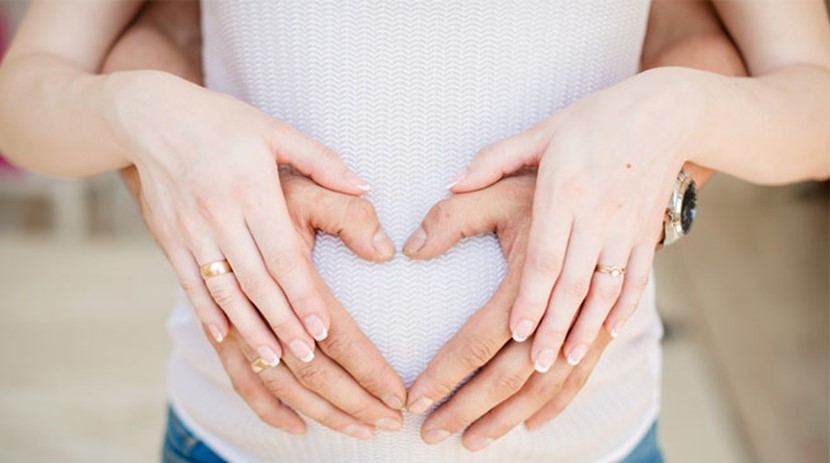Multiple pregnancies guide weeks 9-12

Week 9
Your babies are now approximately 31mm long, and if viewed on ultrasound you will be able to see tiny buds where their arms and legs will develop. If you are carrying multiples, now is a good time to think about the type of maternity care you wish to have. Most women pregnant with multiples in New Zealand elect to go through the antenatal clinic at their local hospital. Care through the hospital clinic is free to New Zealand residents, and you will be cared for by a team of health professionals including obstetric registrars and midwives, supervised by an obstetric consultant. If you choose an independent midwife as your Lead Maternity Carer (LMC) you will need to arrange back up care from an obstetrician, either one in private practice or one who is part of a hospital team. You should talk to your midwife as soon as you find out you are having multiples as some midwives will not take on a twin or higher order multiple pregnancy due to the higher risks involved. If you do a shared care arrangement with an independent midwife and a private obstetrician your midwife care will be free, but you may have to pay a fee for the obstetrician. Your third option is to have a private obstetrician as your LMC. This will cost you around $4000, some of which may be covered if you have medical insurance. If you have had fertility treatment you may be referred on to an obstetrician that works in association with the clinic that conducted the fertility treatment. For some tips from our OHbaby! community on choosing a LMC see here.
Week 10
The weight of both of your twins will now be ten grams but if you are having triplets their combined weight will be around fifteen grams. You may find that your morning sickness is beginning to subside as the placenta begins to take over feeding your babies. You will probably still feel more tired and it is important to get plenty of rest. Getting enough rest in these early weeks can have a significant impact on the health of your babies later in pregnancy, and may even help to prevent premature delivery.
Week 11
Your babies will now be 50 mm long and weigh eight grams each. They will be developing a layer of fat which helps to keep them warm. Your LMC may have recommended you have a Nuchal Thickness Scan (NT Scan) which is an ultrasound to measure the thickness of the Nuchal Fold, a flap of skin on your babies necks. This can give an indication of whether your babies are at increased risk of having some chromosomal disorders such as Downs Syndrome. For many women, this NT scan, carried out between 11-13 weeks of pregnancy, is the first time they discover they are carrying more than one baby. If you are having twins or more, the ultrasound will also indicate whether the babies are sharing a placenta (monochorionic) or if they have their own seperate placentas (dichorionic). This is important to know as multiples who share a placenta have a 15% chance of developing Twin to Twin Transfusion Syndrome, which is where te the blood flow from the placenta to the babies is unbalanced and results in one baby getting too many nutrients and the other not getting enough. For more information on Twin to Twin Transfusion syndrome, see here. If your babies have separate placentas they are not at risk of TTTS at all.
Week 12
Now your babies weigh 14 grams each and are 62 mm long. Their fingers and toes are developing. If your LMC looks for their heartbeats with a hand held doppler he or she will be able to hear two separate heartbeats. These heartbeats will probably sound quite distinctively different.

